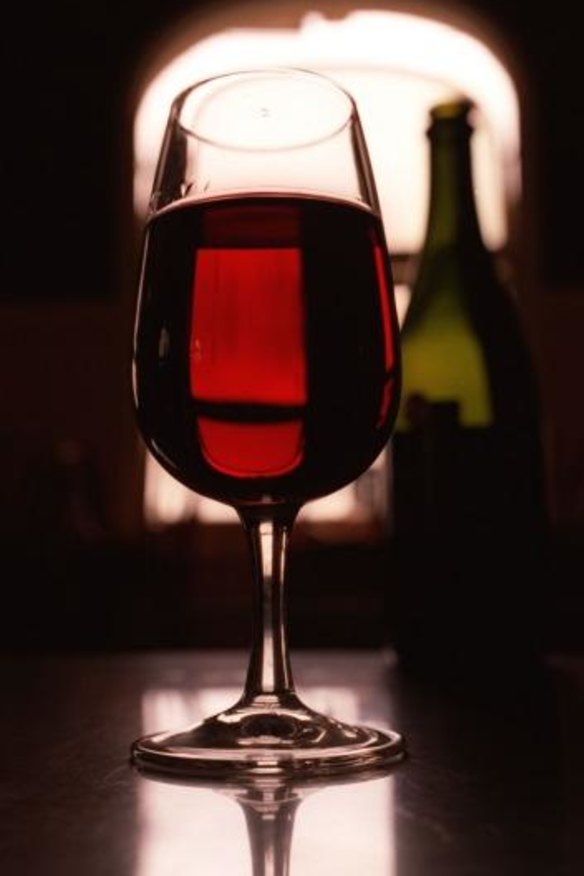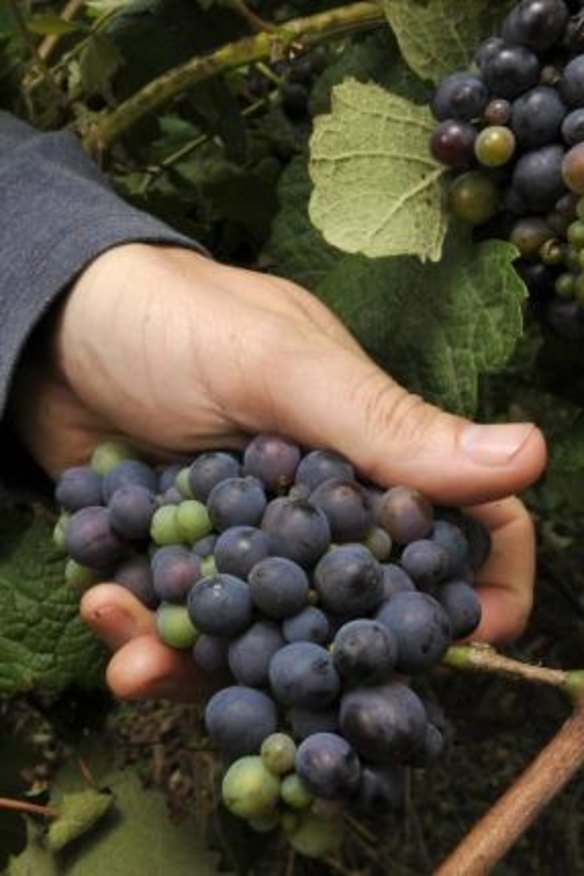How to pick a pinot: a beginner's guide to pinot noir
Wine nerds geek out about the versatile varietal's unique beauty, but what exactly is the deal with pinot?

"Of all the grapes that are transformed into fine wines, none are as steadfast as pinot noir in refusing to be tamed," wrote New York Times wine critic Eric Asimov, in a line that might've come straight out of the mouth of Miles Raymond, the frumpy protagonist in the 2004 hit film, Sideways.
That film, which used the grape's notoriety – its thin skin, finicky caretaking, rare cold climate locales and low yields – as a metaphor for slovenly Miles's own personal problems, fuelled a wider romance for the varietal: according to estimates, the film sent pinot sales spiking 18 per cent through the US.
Dan Sims, a wine commentator, former sommelier and the brains behind the currently touring love-a-thon that is Pinot Palooza, remembers his first taste.

"It was a '78 Rousseau Charmes Chambertin. It floored me. Even as an enthusiastic wine drinker, I just went, 'Woah, what the hell was that?'
"Pinot is one of those grape varieties that you don't start with, you kind of discover it a little further down the road on your wine journey," he says. "All of a sudden, your eyes open and you're like 'Where has this been all my life?'"
Featuring 150 of the southern hemisphere's top pinots – from producers including Tasmania's Bay Of Fires, Central Otago's Rippon, Martinborough's Ata Rangi, and the Mornington Peninsula's Yabby Lake – Pinot Palooza hits Melbourne and Sydney this weekend, October 4-5, and Brisbane next, touting a loud appreciation for the varietal.

"It's the grape variety that excites us the most, and disappoints us the most. When it's good, it's mind-blowingly good. But then when it's bad, it's just incredibly frustrating," says Sims, who showcased his wine allegiances at the touring event Game Of Rhones.
What separates the good from the bad is a complicated question, especially for newbies. "It all comes back to a question of style," says Sims.
His easy introduction to pinot styles for the uninitiated involves something more familiar than all that "mushroom notes, blah blah blah, kinda crap", as he puts it. Think in terms of David Bowie (light), Grace Jones (medium) and Jimi Hendrix (full).
"We've invented these themes to guide people through their preferences," explains Sims. "Everyone's got a different preference in music and in wine style, especially pinot. Is one better than the other? No, it's just a question of style. You've got the ethereal example of Tasmania and the Yarra Valley – that's your Bowie, light-bodied, a little bony. Then there's the big, robust styles you get from NZ, Martinborough, Marlborough and Central Otago particularly – that's Hendrix, kinda Purple Haze, a bit out there. And Grace Jones, is well, you know, fabulous."
James Hird, sommelier at Vincent and The Wine Library in Woollahra, Sydney, and The Sydney Morning Herald Good Food Guide's reigning Sommelier Of The Year, says it's this range and versatility that makes pinot so exciting.
"People sometimes say they don't like pinot noir; I just don't think they've found what they're after yet," Hird says.
"You've got wines like Cedric Bouchard's blanc de noirs, which is a Champagne pinot noir; then you've got more serious oak-focused examples like the Domaine de la Romanee-Conti series; and now there's simple, elegant 2013s and 2014s wines that are starting to come through. You might get a young wine with strawberries and those very soft red fruits, to older styles with those cabbagey, barnyard characteristics. It probably explains why in two of our three venues, it's the biggest selling varietal we have."
Unfortunately, pinot's tough growing conditions and low yields have often meant budding enthusiasts are priced out of the tasting temptation; pinot noir under $30 is commonly viewed as a minefield. But it's not impossible, says Hird.
"Yeah, it's tough; I mean, I wouldn't be looking at Burgundy for that price, because you're probably going to get poor exposure to sunlight," he says. "But in that price range there's heaps of value domestically. Joe Holyman makes Stony Rise pinots in Tasmania that retail around $25 and they're stunning, and some of the guys out of Adelaide Hills like Lucy Margaux are making really good wines at that price point, too.
"The good thing is that wines in general are moving away from the heavier extraction, oak style to a lighter, more fruit-focused, acid-focused style," Hird adds. "So pinot noir's an on-trend varietal by nature due to the fact that it's quite light and you can drink it younger as a result of it not having a high tannin concentration."
That natural lightness means it is particularly suited to our climate, says Hird, especiallybalmy spring and summer days.
"You don't really wanna have a heavy, ripe, full-bodied wine with food on a hot day like we've had recently; it's pretty gross," laughs Hird. "I'd say take your $20-$30 bottle of pinot, stick it in the fridge, then take it out as you're about to start serving it and let it come back to about 19, 20 degrees; it's perfect.
"It's versatile in terms of food-matching too - where its acid and sugars sit is just really suited to food in general. People might mention duck and venison, but it's good with roast chicken, barbecue, antipasto, those kind of things. I don't think you can necessarily get that with other full-bodied, oak-driven varietals, so it's a really good wine for us to drink here."
Pinot Palooza is on in Melbourne on October 4, Sydney on October 6 and Brisbane, October 12, pinotpalooza.com.au